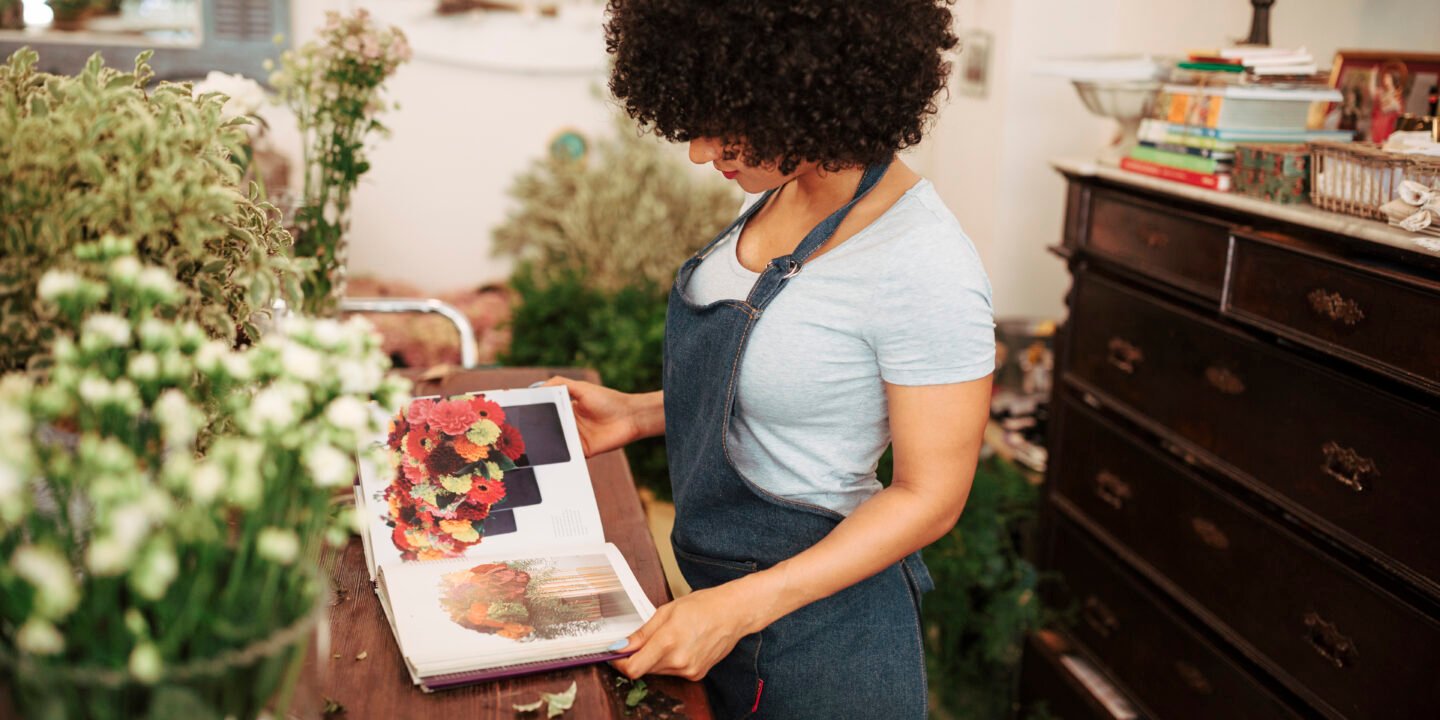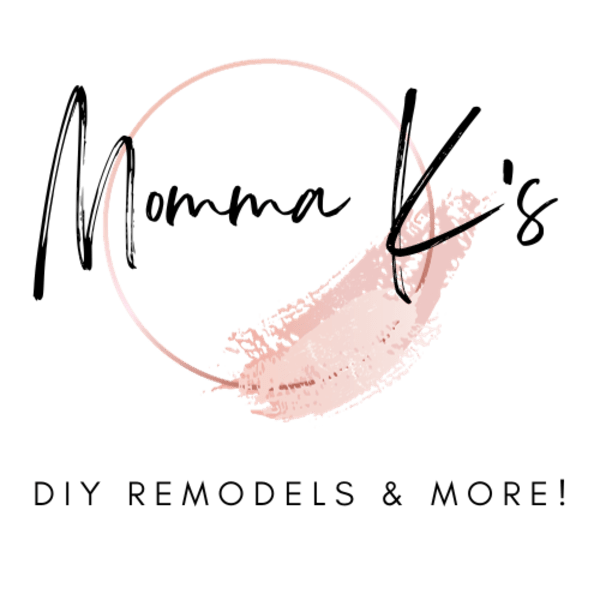
Organizing your craft space can be a game-changer for productivity and creativity. A well-organized space not only makes it easier to find your materials but also inspires you to dive into your projects. Whether you have a dedicated room, a corner of a room, or just a small nook for your crafting activities, this guide will walk you through tips and tricks to organize your craft space effectively.
Introduction: The Importance of an Organized Craft Space
Crafting is a passion that many people cherish. Whether you’re into scrapbooking, knitting, painting, or any other creative hobby, having a designated area where you can fully immerse yourself in your work is crucial. However, the joy of crafting can quickly turn into frustration if your materials are disorganized, your workspace is cluttered, and you can’t find what you need.
An organized craft space allows you to spend more time doing what you love—creating—and less time searching for supplies. It also fosters a more enjoyable and productive environment, where everything you need is within reach. In this blog, we’ll explore various strategies to help you organize your craft space efficiently, regardless of its size or the nature of your craft.
1. Assessing Your Craft Space and Needs
Before diving into organizing your craft space, it’s essential to assess your current setup and identify your specific needs. This step will help you create a personalized organization plan that works best for you.
Evaluate Your Current Space
- Size and Layout: Take note of the size of your craft space and its layout. Do you have a whole room, a portion of a room, or a small corner dedicated to your craft? Understanding your space’s dimensions will help you determine what type of storage solutions you can implement.
- Current Organization: Analyze how your craft supplies are currently stored. Are they in bins, drawers, or just scattered around? Identify what’s working and what’s not. For example, you might find that your current storage is too small or that your supplies are not easily accessible.
- Work Surface: Consider the amount of work surface you have. Is it sufficient for your projects, or do you find yourself needing more space? A clutter-free work surface is vital for staying focused and organized.
Determine Your Crafting Habits
- Frequency: How often do you craft? If you craft daily, you’ll need quick and easy access to your materials. If you craft occasionally, you might prefer to store your supplies out of sight when not in use.
- Types of Projects: Consider the type of crafts you do most often. Different crafts require different supplies, and your organization should reflect that. For instance, a sewing enthusiast might need ample storage for fabrics, threads, and sewing tools, while a scrapbooker will need space for papers, stickers, and cutting tools.
- Preferred Workflow: Think about how you like to work. Do you prefer to have everything visible and within reach, or do you like to keep your space tidy and uncluttered with materials stored away until needed? Your organization plan should cater to your workflow preferences.
2. Decluttering: The First Step to Organization
Decluttering is a crucial step in organizing any space, and your craft area is no exception. Over time, it’s easy to accumulate a lot of supplies—some of which you may no longer need or use. By decluttering, you’ll free up valuable space and make it easier to organize the items you actually use.
Start by Sorting
- Categorize Your Supplies: Begin by categorizing your craft supplies. Group similar items together, such as fabrics, papers, paints, and tools. This process will help you see how much of each category you have and what you might need to pare down.
- Keep, Donate, Discard: As you go through your supplies, decide what to keep, donate, or discard. Be honest with yourself about what you actually use. If you haven’t used a particular item in the past year, consider donating it to someone who will.
- Eliminate Duplicates: It’s common to end up with duplicate supplies over time. Keep only what you need and consider donating or recycling the extras.
Make the Most of Your Space
- Maximize Vertical Space: Utilize vertical space by installing shelves, pegboards, or wall-mounted storage units. This approach helps keep your workspace clear while providing easy access to frequently used items.
- Under-Desk Storage: If you have a desk or worktable, take advantage of the space underneath it. Rolling carts, drawers, or bins can be stored under the desk to keep supplies organized and out of sight when not in use.
3. Storage Solutions for an Organized Craft Space
Once you’ve decluttered, it’s time to think about storage solutions that will help you keep your craft space organized and efficient. The key is to find storage options that suit your space, crafting style, and preferences.
Shelving and Cabinets
- Open Shelving: Open shelves are perfect for storing items you use frequently. They allow you to see what you have at a glance, making it easy to grab what you need. Consider using decorative baskets or bins on the shelves to keep smaller items contained and organized.
- Closed Cabinets: For items that you don’t use as often or that you prefer to keep out of sight, closed cabinets are a great option. Cabinets with doors help maintain a clean and tidy appearance, especially in shared spaces.
- Adjustable Shelving: If possible, opt for adjustable shelving units. This flexibility allows you to customize the height of the shelves to accommodate different sizes of storage bins, containers, and craft supplies.
Drawer Units and Carts
- Drawer Units: Drawer units, whether built-in or standalone, are ideal for organizing smaller supplies like scissors, glue, markers, and threads. Use drawer dividers to keep items separated and easy to find.
- Rolling Carts: Rolling carts are versatile storage solutions that can be moved around as needed. They’re perfect for storing supplies that you want to keep within arm’s reach while crafting. You can use a rolling cart to organize everything from paint supplies to sewing materials.
Containers and Bins
- Clear Containers: Clear containers are excellent for storing supplies because you can see what’s inside without having to open them. Use clear plastic bins, jars, or boxes to store items like buttons, beads, and ribbons.
- Labeling: Labeling is essential for maintaining an organized craft space. Label each container, bin, or drawer with its contents so you can easily find what you need. Consider using a label maker for a neat and uniform look.
- Stackable Bins: Stackable bins are great for maximizing storage space, especially in small areas. They allow you to store more items vertically without taking up extra floor space.
Specialty Storage Solutions
- Pegboards: Pegboards are a popular storage solution for craft rooms. They’re customizable and allow you to hang tools, scissors, rulers, and other supplies within easy reach. You can also add small shelves or baskets to your pegboard for additional storage.
- Ribbon and Thread Organizers: For crafters who work with ribbons or threads, specialized organizers can be a game-changer. Ribbon holders, thread racks, and bobbin organizers help keep these supplies tidy and prevent tangling.
- Paper Storage: If you work with a lot of paper, consider investing in paper storage solutions like vertical paper racks, flat drawers, or magazine holders. These options help keep your paper organized and easily accessible.
4. Organizing Your Work Surface
Your work surface is where the magic happens, so it’s important to keep it organized and clutter-free. A well-organized work surface allows you to focus on your craft without distractions and ensures that you have everything you need within reach.
Keep It Clear
- Limit Surface Clutter: Avoid overcrowding your work surface with supplies. Only keep the essentials on your desk or table, and store the rest in nearby drawers, shelves, or bins.
- Use Desk Organizers: Desk organizers, such as pen holders, trays, and small baskets, help keep your work surface tidy. Use them to store frequently used items like pens, scissors, and rulers.
- Dedicated Work Zones: If your craft involves multiple steps or different types of materials, consider creating dedicated work zones on your surface. For example, you might have a cutting area, a painting area, and an assembly area. This organization helps keep your workspace efficient and organized.
Use a Pegboard or Wall Organizer
- Pegboard Organization: Installing a pegboard above your work surface can help keep tools and supplies off your desk while still being easily accessible. Hang scissors, rulers, and small containers on the pegboard to free up space on your work surface.
- Magnetic Strips: Magnetic strips can be mounted on the wall to hold metal tools like scissors, tweezers, or small containers with metal lids. This solution is both practical and space-saving.
Lighting and Power Management
- Task Lighting: Good lighting is essential for any craft space. Ensure that your work surface is well-lit with task lighting, such as a desk lamp or under-cabinet lights. Proper lighting reduces eye strain and helps you see details more clearly.
- Power Strip Management: If you use multiple electronic tools in your craft, such as a sewing machine, glue gun, or laptop, manage your power cords with a power strip. Use cable organizers or clips to keep cords tidy and prevent them from tangling on your work surface.
5. Maintaining Your Organized Craft Space
Once you’ve organized your craft space, the key to keeping it that way is regular maintenance. A few simple habits can help you maintain an organized and efficient space over time.
Clean Up After Each Session
- Tidy Up Daily: Make it a habit to clean up your craft space after each session. Put away supplies, clear your work surface, and return tools to their designated spots. This routine helps prevent clutter from accumulating and keeps your space ready for your next project.
- Weekly Decluttering: Set aside time each week to do a quick declutter of your craft space. This can involve going through your supplies, getting rid of any items you no longer need, and reorganizing your storage as needed.
Reevaluate Your Organization Periodically
- Adapt as Needed: Your crafting needs may change over time, so it’s important to reevaluate your organization periodically. If you find that certain storage solutions are no longer working or that your space is becoming cluttered again, make adjustments as needed.
- Stay Flexible: Keep your organization flexible so you can easily adapt to new projects or supplies. For example, adjustable shelves or modular storage units allow you to change the layout of your space as your crafting needs evolve.
Label Updates
- Refresh Labels: Over time, you may add new supplies or reorganize your space. Keep your labels up to date to reflect any changes. Clear, accurate labeling ensures that you can always find what you need, even if your organization evolves.
Conclusion: Crafting in an Organized Space
An organized craft space is more than just a tidy area—it’s a space that fosters creativity, productivity, and enjoyment. By taking the time to assess your needs, declutter, and implement smart storage solutions, you can create a craft space that’s both functional and inspiring.
Remember, the key to maintaining an organized craft space is consistency. By developing good habits and regularly reassessing your organization, you’ll be able to keep your space clutter-free and ready for your next creative project.
Whether you’re an experienced crafter or just starting, these tips and tricks will help you create a craft space that works for you. So, roll up your sleeves, start organizing, and get ready to enjoy a more efficient and enjoyable crafting experience!







